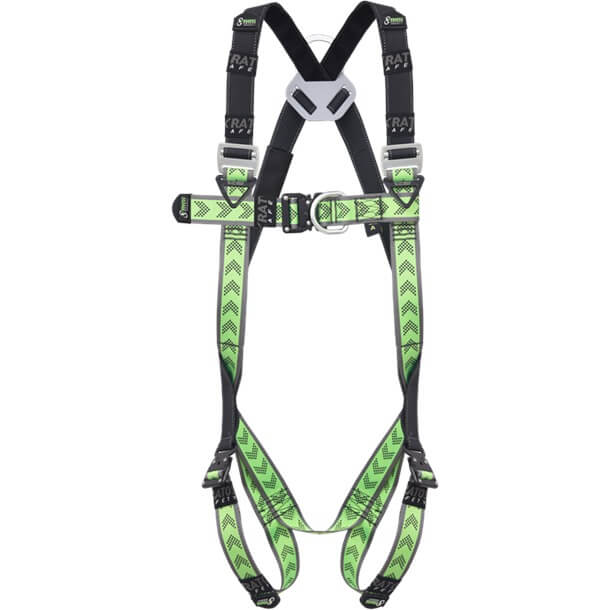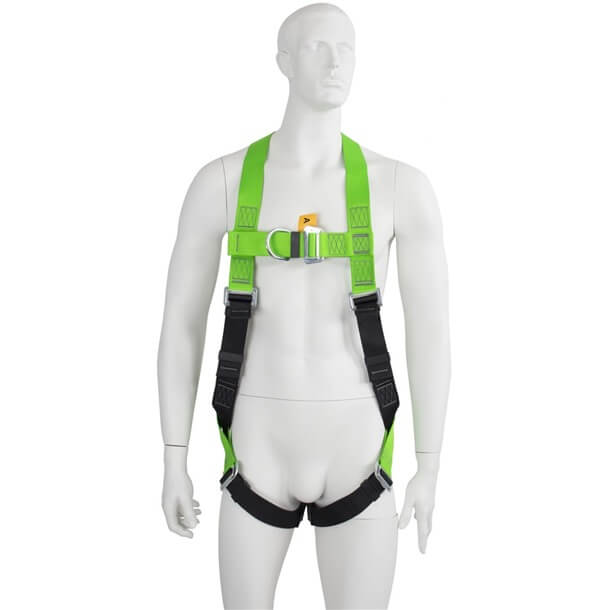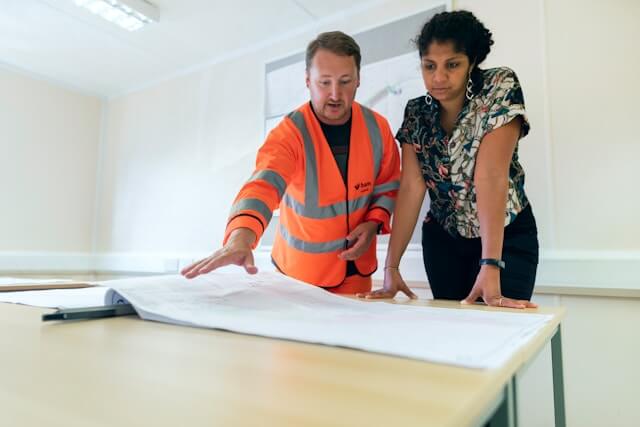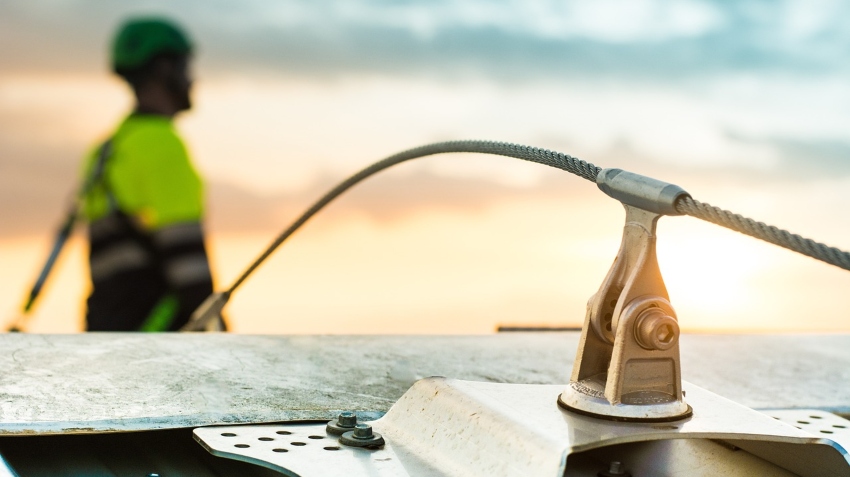
As with any piece of safety gear, it’s important to keep your safety harness clean, especially if it tends to come into contact with messy substances or dust. Cleaning your harness regularly not only helps to keep it in tip-top condition, but also makes it easier to spot any damage to the webbing or hardware.
You must be careful when cleaning a safety harness, though – it’s not as simple as chucking it in the washing machine. There are certain dos and don’ts to be aware of, so keep reading to find out how to clean a safety harness properly.
More...

A safety harness is an invaluable piece of personal protection equipment (PPE) that could save your life when you’re working at height. Harnesses can be used as part of a fall arrest system that catches you mid-fall, or as part of a fall restraint system that prevents you from falling in the first place.
However, safety harnesses can only do their job if they’re fitted correctly. In order to ensure that your safety harness will actually keep you safe, follow our step-by-step guide on how to fit a safety harness.
More...

According to the HSE (Health and Safety Executive), in order to manage risk when working at height, you or an appointed competent person must complete the following steps:
- Carry out a working at height risk assessment
- Identify relevant precautions
- Produce a method statement
Let’s take a closer look at those three steps…
More...

When it comes to fall protection systems, ensuring the safety of workers at height is paramount. Anchor points serve as the foundation of fall protection systems, providing the necessary support to arrest falls and prevent serious injuries / fatalities.
More...

